Knife handles can be made from a wide variety of materials, such as the bone handles of knives in ancient times. Today, knife handles are typically made of carbon fiber, stainless steel, aluminum, titanium, and fiberglass laminate.
For collectors and knife owners, a handle is as much a part of why they like a knife as the blade. Knives now can be made from dozens of materials, but the following are some of the most common – or the most sought after – on the market.
Carbon Fiber Knife Handles
This typically is a carbon fiber reinforced polymer, which means carbon fibers that are woven together and soaked in resin. Carbon fiber handles have a well-deserved reputation as being one of the most durable handles available. It also looks good, as the weave catches and reflects light. It’s also lightweight.
Stainless Steel
You know a knife with a stainless-steel handle when you pick it up and feel the heft. This is no lightweight knife. But it’s extremely durable and resistant to corrosion. Because they can be slick, there are usually edgings added or even rubber used to improve the grip on the handle.
Aluminum
Because of its low density and high durability, aluminum knives provide a solid option when choosing a knife handle. Typically, the handles are made of alloys with high tensile strength. They also are anodized for hardness and color. Not as heavy as stainless steel but also not lightweight, aluminum is a nice compromise. One warning: aluminum conducts heat and cold.
Titanium
The huge advantage of titanium is that it is extremely resistant to rust. It’s also stronger than aluminum, which is why titanium is often featured on high-end knives. It’s also typically stronger than aluminum while also relatively lightweight.
G-10
G-10 is a fiberglass laminate, which means that layers of fiberglass are soaked in resin and then baked. That results in the sort of strong, durable material you want in a knife handle. G-10 also can feature varying colors in the layering process, giving it a unique look.
Micarta
Much like G-10, Micarta is created by soaking material in resin until it hardens. In this case, it’s usually linen cloth. The result is also a strong, lightweight knife. The slick surface of a Micarta handle requires a lot of work by knifemakers to put texture in the knife handle for getting a good grip.
Bone
They still do this, especially for pocket knives. These handles are made from the bones of already deceased animals. These days, that’s typically a cow, because they are plentiful. However, more exotic animals are available. Once textured, bone handles can offer a secure grip.
Somewhat related are stag handles, which are made from the antlers of deer. They are tough to find, but they also have a certain cool cache. Also, like the bone handles, no two stag handles are exactly alike.
Mother of Pearl
Both black and white mother of pearl knife handles remain available. It’s not pearl at all, but material from sea shells that can turn into pearl. Both are found primarily in the South Pacific. Black Mother of Pearl is rare, so also very expensive. Obviously, this is less a practical choice than an upscale one.
These represent some of the most common knife handles. Much like with blades, consumers have plenty of choices.

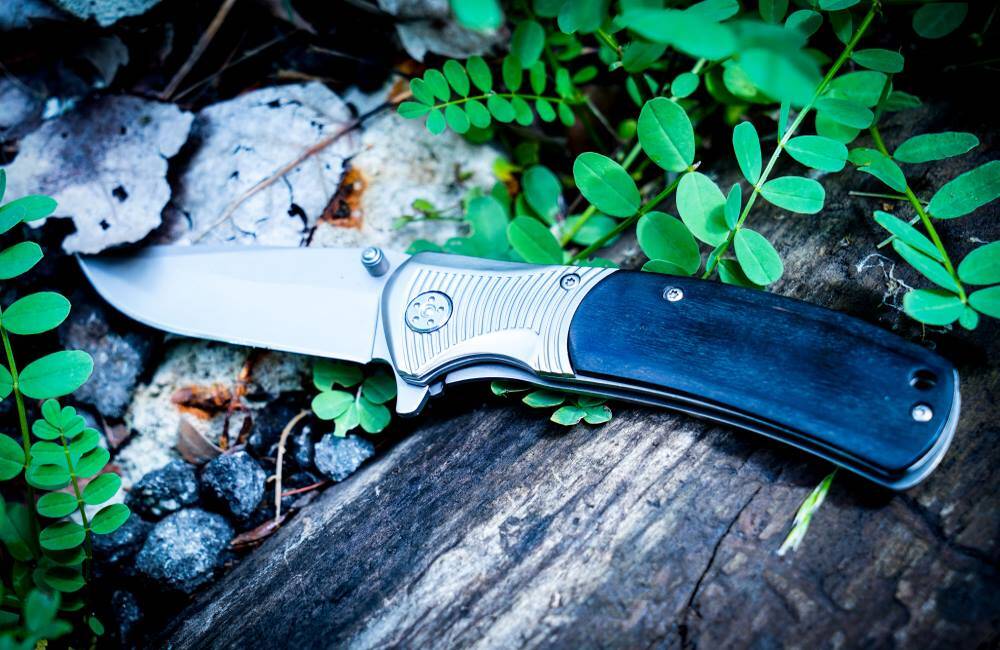
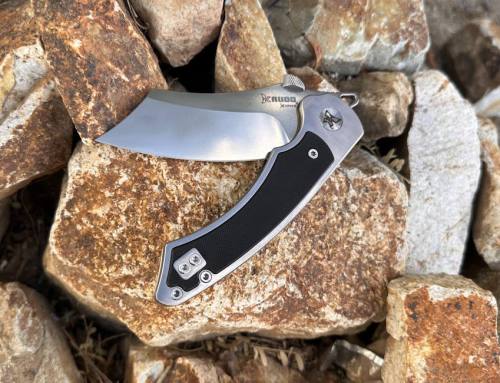
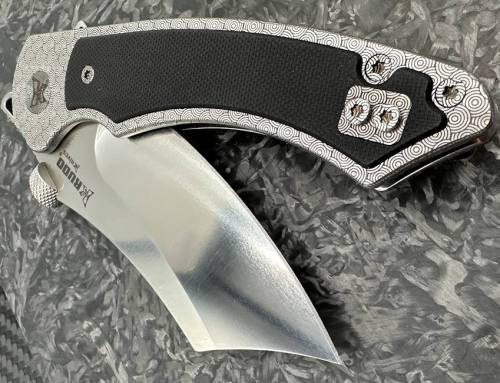
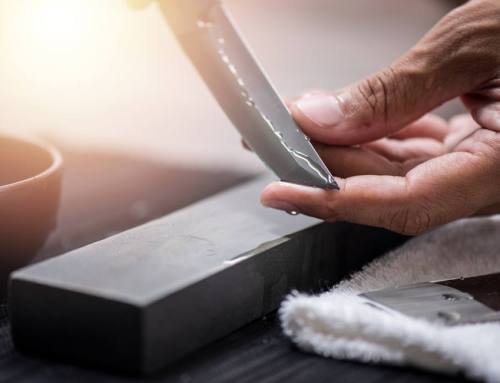
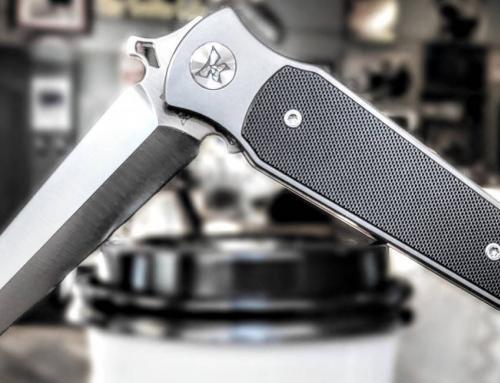
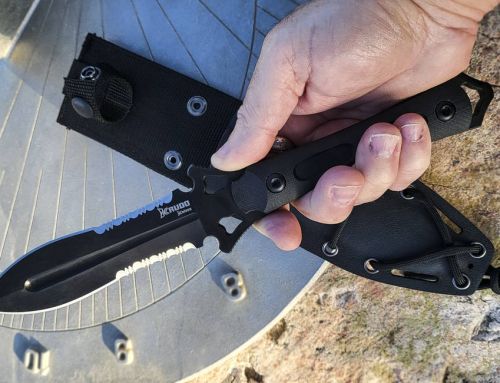
I like abalone handles!
I like the black carbon fiber for knife handles – but the question on that is is it good Structural stuff or is it Cosmetic carbon fiber? Big difference in strength.
The carbon fiber we use on our knives is “the good structural stuff” and not the cosmetic version. That would be a waste of a good knife to use a lesser carbon fiber on our handles. Thank you for the opportunity to clarify that!